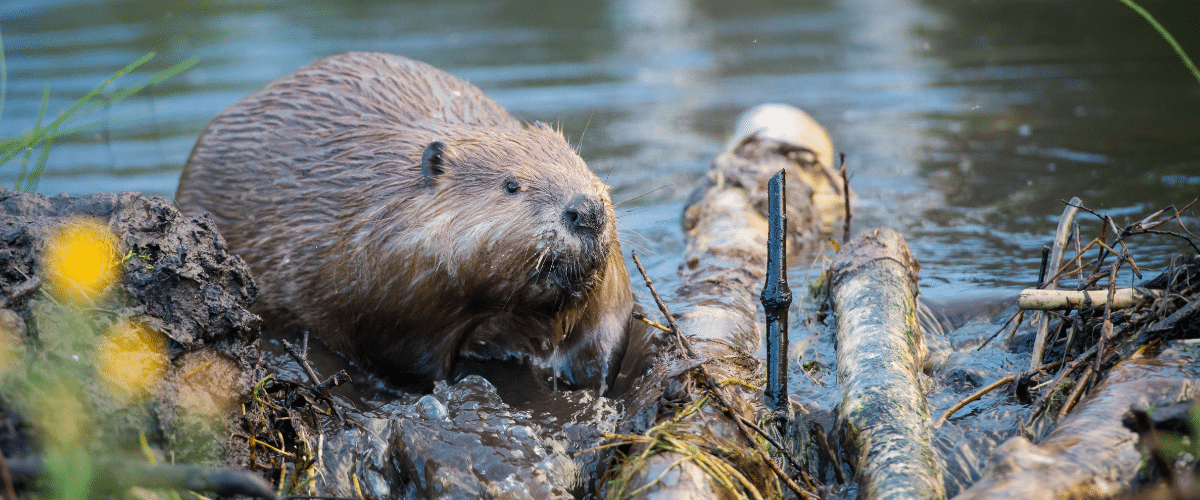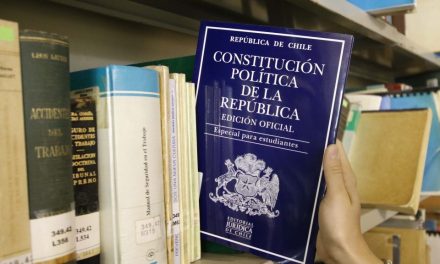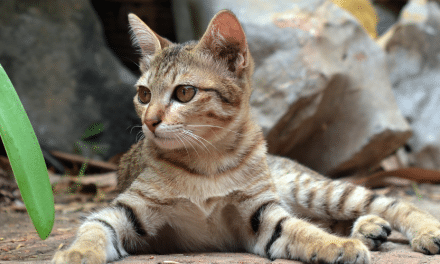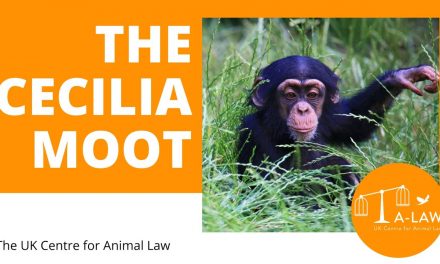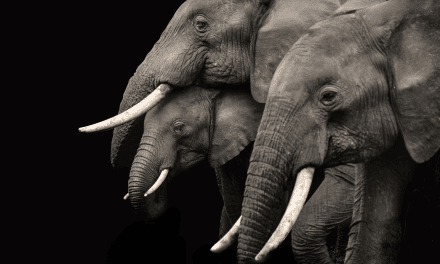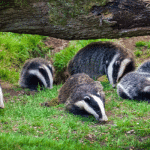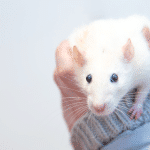By Sophie Lunn
The Eurasian Beaver (Castor fiber), formerly a native inhabitant of Britain, became locally extinct in the 16th century due to anthropogenic persecution and the classification of their species as vermin. Some studies show bounties placed on the head of the beaver well after this time, demonstrating perhaps a distaste towards the species.
Since then, much scientific evidence has shown the necessary role the beaver plays in our ecosystem, showing them as ecosystem engineers for their great impact in natural flood management.
These rodents seem to be newly beloved, and reintroduction of them has in fact saved Scottish villages from flood in recent years, leading to a rollout of reintroduction programmes across England.
The reintroductions come as part of Defra’s 25-year-long plan for the environment. Natural flood management, of which the beaver is a master, plays a key role in reducing costs associated with maintaining structures or waterway interventions. Such management also helps alleviate the main issue of threats to downstream infrastructure (homes, roads, and local businesses). Last winter, flooding cost the UK billions of pounds; many citizens faced the loss of homes and possessions. These flooding events are mainly a result of construction and development for the ever-growing human population. When wooded areas are removed to create land for development, the natural defence is stripped back and areas become vulnerable to flooding.
The Wildlife and Countryside Link along with the Rivers Trust have recently set to demand a more robust course of action from Defra, as the UK waterways have only a mere 16% of groundwater in its original state, playing havoc on not only wildlife and the ecosystem but also society and the economy.
The beaver is the obvious choice for natural flood defence due to its dam-building behaviour. Their natural dams, created with woody debris, generate small flood plain areas, allowing the beaver to find resources such as food more easily along with providing a safer home away from predators. This in turn creates a fantastic ecosystem aiding species such as wildfowl, amphibians, water vole, otter, and many fish whilst also regenerating the much-needed woodlands.
The work of the beaver is documented in The River Otter Beaver Trial Report recently published (2020), showing just how effective the beaver is at reducing local flooding. The report shows an estimated £8,000 savings per year in the local area due to the beavers. However, this does not come without controversy.
On the May 1, 2019, legal protection was granted under Scottish Natural Heritage, meaning that any harm to individuals or their dams and lodges (homes) would be legally challenged if not performed under license. However, reintroductions in England have successfully been carried out with no legal protection for the species to date, under the Wildlife and Countryside Act 1981. This leaves many people vulnerable, with no reporting system in place for culls on or around farmland.
Farmers around sites of reintroduction encounter beavers being attracted to maize crops, causing damage to the yield. Flood plains caused by the species on low-lying land has also caused conflict with local farmers in Scotland. This has caused licensing to be granted for local culls in areas including Tayside, where it is estimated that hundreds of reintroduced beavers have been killed.
If these figures are accurate, then this threatens to undermine the Scottish Government’s commitment to protecting nature, their answer to the overwhelming loss of diversity, and even the 25-year Defra plans to improve our waterways and protect homes from flooding. One potential solution would be to translocate the beaver families to areas that are in desperate need of the benefits they provide.
These heavy culls could end in the small localised populations becoming nonviable genetically, meaning that the efforts of the parties involved in the reintroduction schemes would be to no avail.
Thus, morals of reintroducing key species into our landscapes for human gain need to be examined. A key question is whether legal protection of historic native species being reintroduced should differ from that of native species currently found in our landscapes. Also, should movements and chemical castration be considered prior to culls? The case for the beaver is one in a long line of legal protection questions for reintroduced species in the UK. Whether they will gain the legal stance they deserve for the role they play in a man-made ecosystem is yet to be decided.
Sources:
Campbell-Palmer, Gow, Needham, Jones & Rosell (2015) The Eurasian Beaver. Pelagic Publishing. Exeter.
Wildlife and countryside Link (2020) why we need to change course if we are to restore our waters [online] https://www.wcl.org.uk/why-we-need-to-change-course-if-we-are-to-restore-our-waters.asp accessed [10/06/2020]
Scottish Wild Beaver Group (2020) Benefits to wildlife [online] https://www.scottishwildbeavers.org.uk/beavers/benefits/ accessed [10/06/2020]
Brazier, R.E., Elliott, M., Andison, E., Auster, R.E., Bridgewater, S., Burgess, P., Chant, J., Graham, H., Knott, E., Puttock, A.K., Sansum, P., Vowles, A., (2020) River Otter Beaver Trial: Science and Evidence Report [online] https://www.exeter.ac.uk/media/universityofexeter/research/microsites/creww/riverottertrial/ROBT__Science_and_Evidence_Report_2020_(ALL).pdf [accessed 10/06/2020].
The National (2020) Campaigners condemn sickening killing of beavers in Scotland. [online] https://www.thenational.scot/news/18454643.campaigners-condemn-sickening-killing-beavers-scotland/ [accessed 10/06/2020]
The wildlife and countryside act (1981) schedule 5 protected species [online] https://www.legislation.gov.uk/ukpga/1981/69/schedule/5/2020-04-01 [accessed 10/06/2020]

